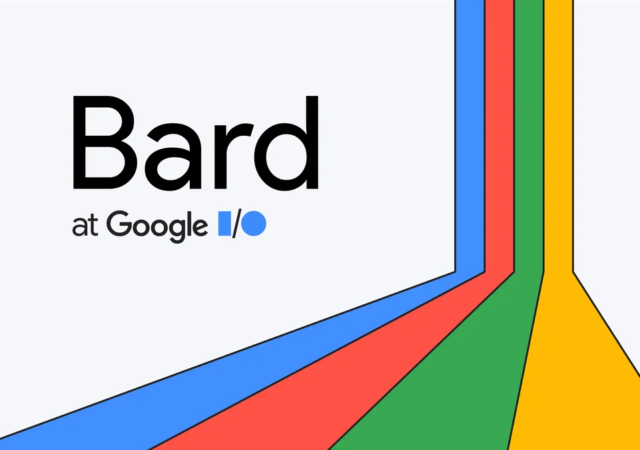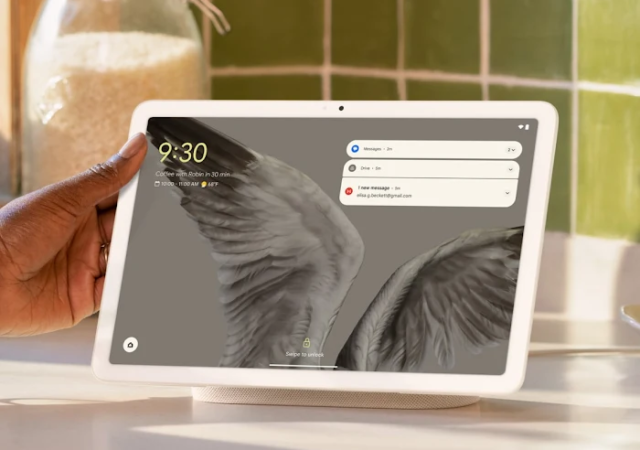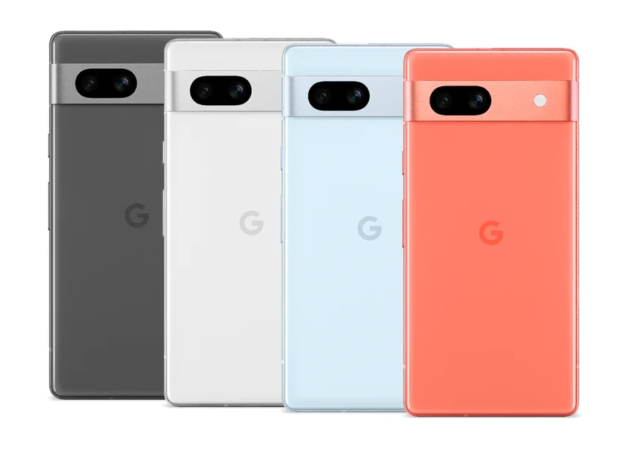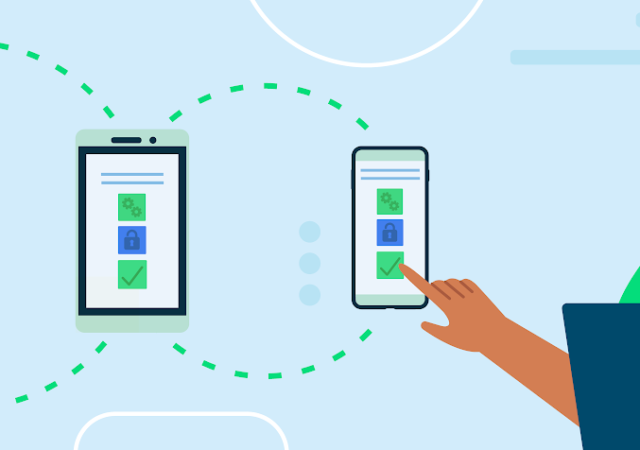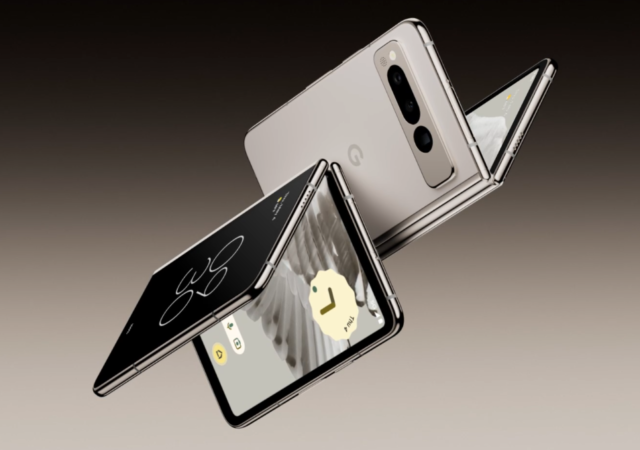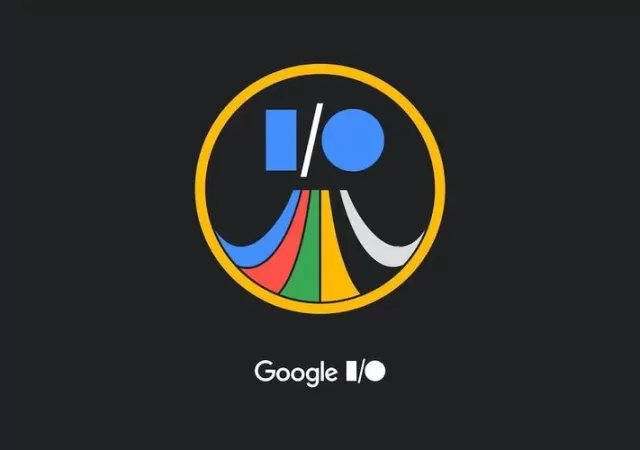Google introduces a few improvements to Google Bard for Google I/O 2023 with more availability in more regions and more languages.
[Google I/O 2023] The Google Pixel Tablet is Finally Here!
Google introduces the new standard for Android tablets, the Google Pixel Tablet at Google I/O 2023 running Android 14 with Tensor G2 platform
[Google I/O 2023] The Google Pixel 7a – A Familiar Face, Better Than Ever
Google introduced the Pixel 7a, their latest A-Series budget offering with the same great features as the Google Pixel 7 and Pixel 7 Pro.
Making Android Better – Google Partners with Samsung to Fix Background Apps
Google has announced they are working on getting apps to work better in the background and foreground in partnership with Samsung.
Google Reveals the Pixel Fold, The Next Word in Foldables
Google has announced the Google Pixel Fold, their next foldable smartphone to be launched at Google I/O 2023 on the 10th of May 2023.
Google I/O 2023 is On, and it is Happening on the 10th of May 2023
Google I/O is back on the 10th of May 2023. We are expecting a new Pixel hardware, foldable, tablet, and a new iteration of Android.



